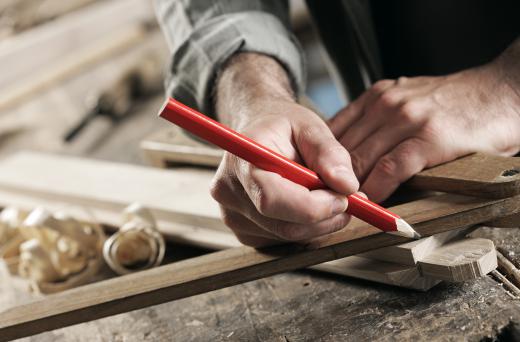A router plane is a carpentry tool designed to cut grooves into material. This tool has been used for centuries for creating artistic designs in furniture, cabinets, doors, and other wood material. The plane tool is available in both manual and powered units. Each contains a special blade that determines the depth of the groove that will be cut into the surface.
Using a router plane is best described as carving a piece of wood. The only difference with routers is the carving is specific to a grooved trench area in the wood surface. The router carves the wood by using a blade that is placed between two flat surfaces. This blade depth can be adjusted to make deep or shallow trenches in the material.

Furniture design is a delicate art that requires patience and craftsmanship. The router plane is one of the tools used in furniture design. It is the tool that enables precision groove cutting of wood and other material. This type of craftsmanship is often seen in table and desk fabrication. A route is the artistic grooved area that often surrounds a table top.
The hand router plane is a manual carpentry router tool. This device consists of two handles and a special blade that is mounted between the handles. The blade comes in multiple sizes and is used to cut a groove into the material. Hand routers have been used by carpenters for many centuries and are still used today in most handcrafted furniture design.
A more modern version of the router is an electric router plane. It uses a special drill router bit that cuts out a groove by chipping away at the material. The electric router has been available for many decades and is much easier to use than a hand router. It is also available in many sizes and can be used for most carpentry projects.
All router planes use special cutter blades to create a grove into the cutting material. These blades range will require periodic sharpening. The blade surface is typically shaped like an "L," which makes sharpening a difficult task. Blades will dull quickly with extensive use and will either require sharpening or replacement.
The router plane creates a coarse-grain cut into the wood surface. This will typically require sanding or finishing before the product is ready for staining. A first-time user of a router should be prepared for additional finishing work after the carving is completed. This will make the final product more presentable.
